

This feature comes courtesy of GamesRadar sister magazine
Murder mystery dinner parties work because they combine our two favorite things: dead people and pudding. So why hasn’t popular culture caught on? A Touch of Frosted Icing, Inspector Mousse, Miami Vice Cream, Charlie’s Angel Delight – these things write themselves. Guilty Party makes up for lost time with a mix of social crime-thwartery and a pudding-obsessed plot.
Were Guilty Party a pudding itself it would be a mess: a blend of crushed up Clue and Guess Who with Mario Party sprinkled on top. You scamper around a crime scene – rendered in a lovely 2D cross-section – collecting info on the perpetrator’s physical appearance. Developers Wideload force you to engage the little grey cells by hiding the truth behind conflicting clues. By all means race to make an accusation, but uncollected evidence may prove to be your undoing.
Suspects are questioned in minigames. They are bribed, stared down and tickled. Come on: tickled? Coppers don’t tickle. Where’s the shattered knuckles and bars of soap wrapped in hockey socks? These games are thematically tame. They’re pretty fun-free and ugly to boot. In a game packed with rich 3D character design, these tasks are blighted with crude 2D befitting a title sitting at the cheap end of the Flash game spectrum.
Multiplayer over-eggs the murder pudding. Players split into rival teams and are festooned with vindictive trap cards to throw the competition off the scent. Rooms are locked, lips zippered and suspects shifted at will. Underhand maneuvers are essential to board games – if Monopoly doesn’t end in tears you’re not playing it right – but this rampant backstabbing derails the case. So much time is wasted falling through trap doors and missing turns that the perp often escapes.
And what’s with opposing teams sharing information? That’s like Battleship without the central partition. As a limp solution, evidence is shared, but only the collectors are privy to its veracity. Er… by asking the other team to look away. The art of comparing facts – so doable with physical cards in a game of Clue – has no elegant equivalent on the TV screen.
If you'd like to see more articles from NGamer, you can get a subscription here.
Oct 7, 2010


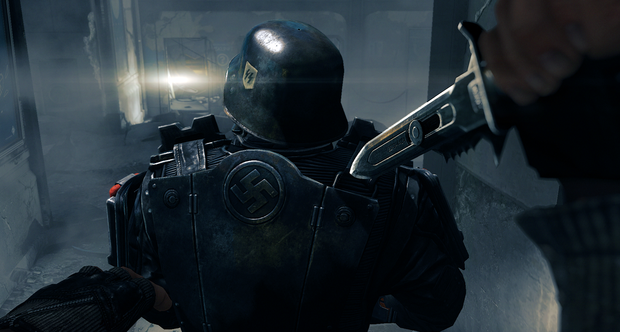
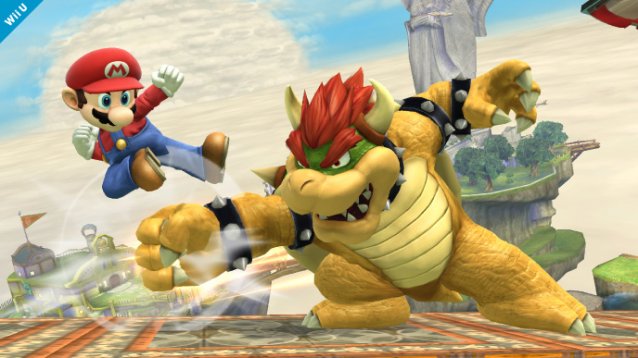
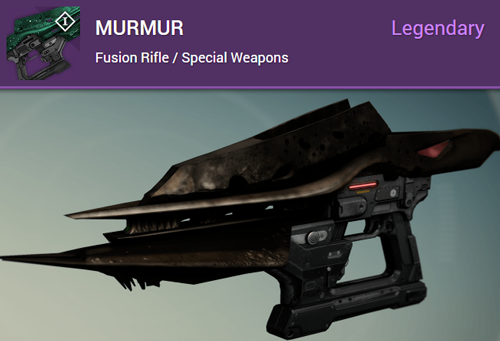 How to get Destiny Dark Below DLC Legendary Fusion Rifle Murmur
How to get Destiny Dark Below DLC Legendary Fusion Rifle Murmur A Small Favor Walkthrough
A Small Favor Walkthrough 5 Warning Signs For Avoiding Freemium Games That Want To Suck Your Wallet Dry
5 Warning Signs For Avoiding Freemium Games That Want To Suck Your Wallet Dry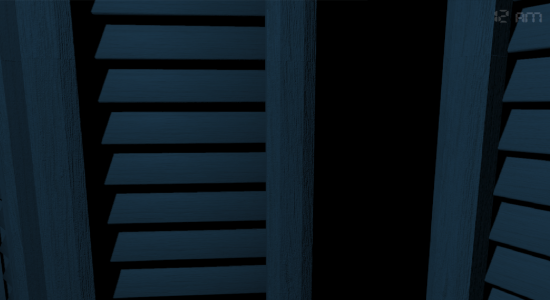 Five Nights at Freddy's 4 Guide - How to Survive Night 2
Five Nights at Freddy's 4 Guide - How to Survive Night 2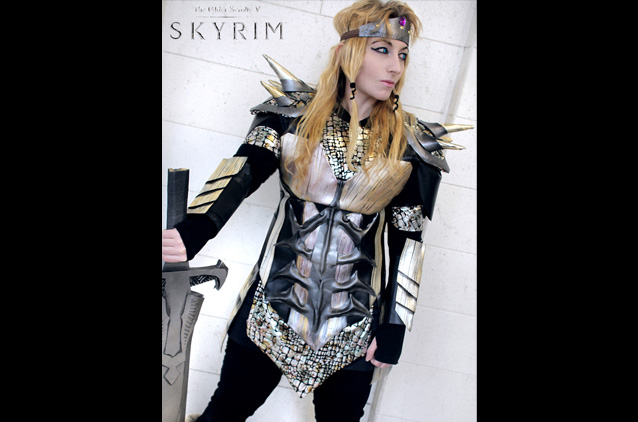 The Best Skyrim Cosplay Weve Seen So Far
The Best Skyrim Cosplay Weve Seen So Far